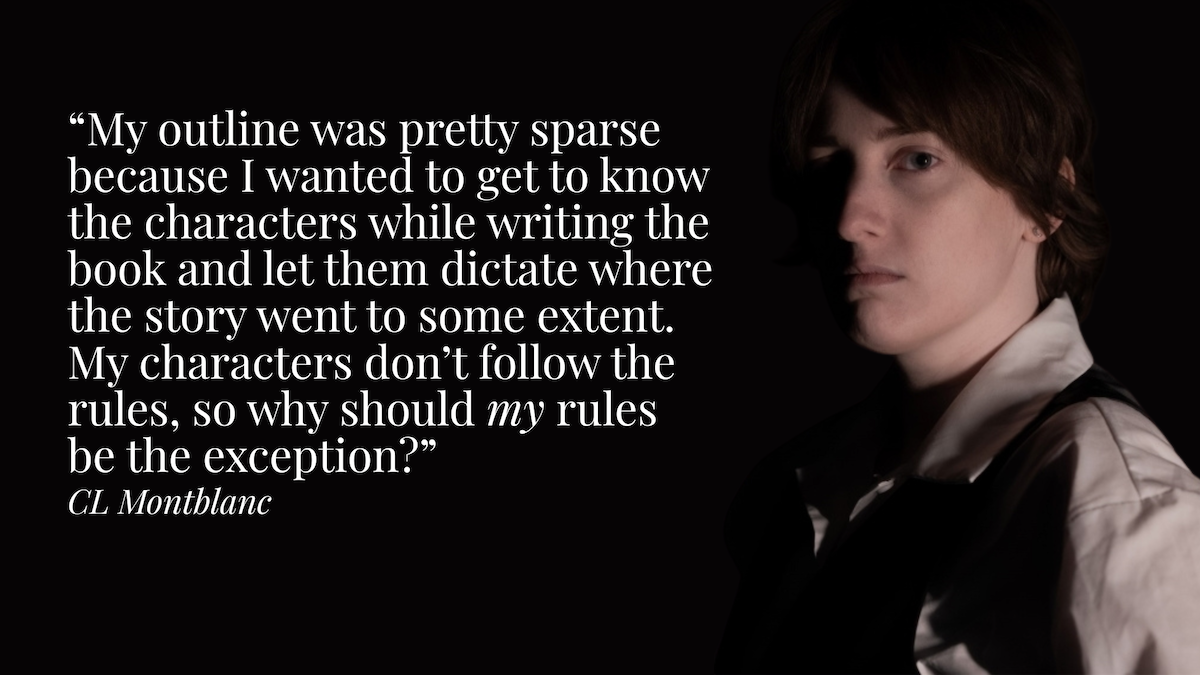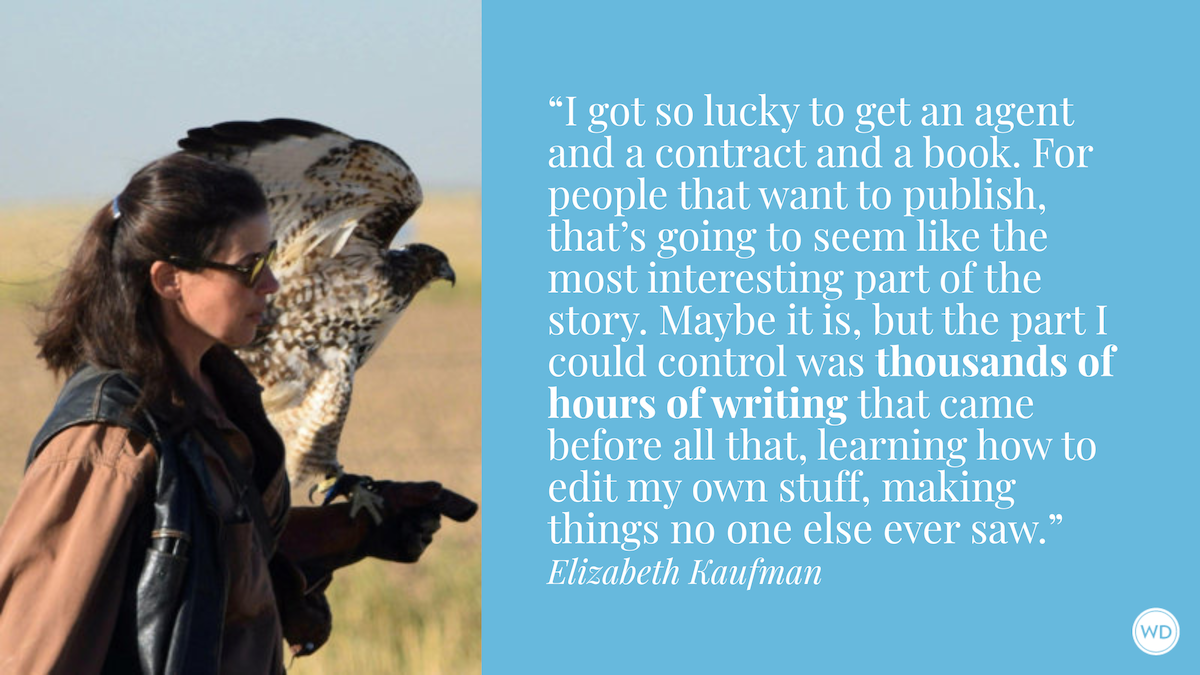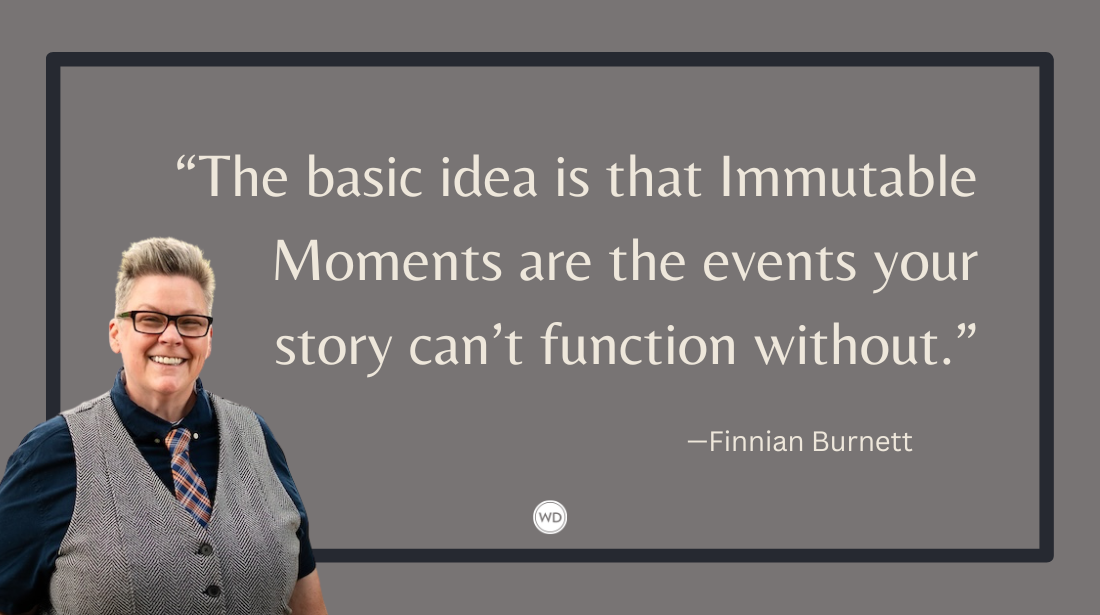Finding the Sweet Spot for Funny: Writing Humor for Middle-Grade Readers
Emmy-winning creators Jeff Sikaitis and Jake Wheeler share their thoughts on finding the sweet spot for funny when writing humor for middle-grade readers.
When we grow up, especially as readers and writers, those of us in the literati have a tendency to put on our very serious personas. We assess style and prose, make weighty judgments about who’s “got it,” pose incisive arguments about the great ones or the next big thing.
In short, our funny bones go the way of tonsils and appendixes and an occasionally gummed-up gall bladder. It becomes a “nice to have,” but as an impairment to our serious adulting; it is often excised, and once forgotten, we move on with our oh-so-serious lives.
This is all well and good, for who can see either occasion or reason for comedy in these fraught and fractious times. Except perhaps this is exactly the time and place for humor! The hard times is where humor does its heavy lifting, and what a lift it could provide all of us right now.
Now, should one desire to shoulder this burden and write something humorous, upon approaching this task, one may find their writing hand simply slumps helplessly upon the page. The problem? That missing funny bone, which we’d hardly missed. Until now.
However, I bring you good news. This humerus-adjacent conduit of humor may be regrown! Yes, and with celerity at that. This is important, because perhaps the most important way to create humor is to tap into that specific bone-organ-thing. By that, I mean, to simply remember what it feels like to be funny, to have fun, to allow humor to be part of our persona again and occasionally, like a possessed organ, take the wheel and drive for a bit.
Because the Sweet Spot for Funny is indeed a place. It’s a place of being, both within ourselves and in the world. It’s a mindset—or heartset rather—we can choose to occupy, and this then becomes a filter which transforms the world around us as we experience it for ourselves and bring it to others.
Humor cannot come from the arid steppes of intellect alone. Being funny requires that one exist as a funny being, if only for a little while. Putting yourself in this sweet spot means you can begin to create from here.
Nowhere is this more important than in writing humor for the Middle-Grade Reader, that particular audience which has outgrown the wonderful but simple joys of picture books and who at the same time isn’t yet on the express train to YA Jadedville. You might say they are in the sweetest of sweet spots.
To be funny here requires parking yourself in the middle grader inside yourself, hanging out for a while, checking out the posters on the wall and the baseball cards, then jumping on your BMX and letting the good times roll. So, here are a few suggestions to getting there and creating that very particular humor for those very particular middle graders.
Let the Inner Child Write and the Adult Edit
Yes, we all contain multitudes, but let’s focus on two co-writers here, the adult and the inner child. The adult has to make things functional and workable, bringing to bear all the craft and lessons learned since childhood, but it’s the inner child which gives us that direct anchoring in childhood.
Talk to that kid, talk like that kid, remember what she found wondrous, absurd, goofy, hysterical. Let her roam the sandbox for your next creative work and then let her play. When she’s done goofing around, the adult in you can come in and tidy up, just enough that it’s printable, but not too much more.
Be Childlike but Not Childish
Our dear middle-grader still has some innocence, but they also have a bigger appetite for adventure now. “I’m not a baby” is a refrain often heard here. To these emergent humans, little kid problems aren’t as interesting anymore as tackling the wider world and making an impact there. Their horizons have been expanded. There are dragons to slay.
Yet, at the same time, these children don’t have the full capabilities nor desire to play in the grown-up world. There is a childlike sense for what’s possible and how simply our problems can sometimes be resolved, but at the same time, there’s a maturity in wanting to solve those problems and understanding how it is done. Striking this balance with childlike optimism can lead to wonderful characters and plots that enchant the middle-grader.
Remember Serious Lessons Can Be Taught With Levity
In fact, that’s sometimes how they’re best taught. The whole tradition of fables and aphorisms is testament to this. Both simple enough and serious enough for a middle-grader, these stories have a cute or cheeky or ironic quality, which contrasts with the importance of the lesson to make them much more memorable.
Embrace Sensible Nonsense
Play with the rules of reality, but don’t be arbitrary. Middle-graders are happy to inhabit whimsical, silly, and strange realms. But there must be rules in these worlds, and they must be consistent.
Middle-graders don’t take everything at face value anymore. They want to know “HOW.” You can have wizards who ride walruses, but there should be rules in this world, it should be consistent, and ideally, even partially explainable by some kind of logic, no matter how strange that logic is.
Be the Enchanted Aunt or Oddball Uncle
Parents are the structure providers, uncles and aunts are the chaos-bringers. Ok, it’s not about breaking anything, but rather, offering exciting alternate paradigms. Ones that come with a hint of credibility because after all, we’re trusted relations.
As writers, we become the uncles and aunts to a whole generation, and like any eccentric aunts and uncles worth their salt, we introduce them to new characters—wonderful, unreliable, unsavory, irresponsible, irrepressible. We take our middle-graders into magic shops and clubhouses and meet for the first time with dialogue that is as sharp as it is silly, bombastic, and bamboozling, and oh so full of personality.
And we introduce our middle-graders to those most irreputable of urchins, the illustrator/artist, whose doodling and sketches bring the funny alive in most fanciful ways. Embrace this role, and you might find it easier to find a new, humorous journey you want to take these readers on.
All in all, writing middle-grade humor means getting into that middle-grade sweet spot. And as oh-so-serious adults it’s not a bad place to spend a few hours every day. See you there!
Check out The Gullfather: Birdsy Seagull here:
(WD uses affiliate links.)
Jake Wheeler (and Jeff Sikaitis) are Emmy-winning creators and have storytelling experience across a wide variety of formats from original series, branded content, physical products and publishing. They have won a number of advertising awards and have created content for Comedy Central, Sports Illustrated, Viacom, and hundreds of blue chip brands. The Gullfather: Birdsy Seagull is their debut book. Learn more at thegullfather.com.








